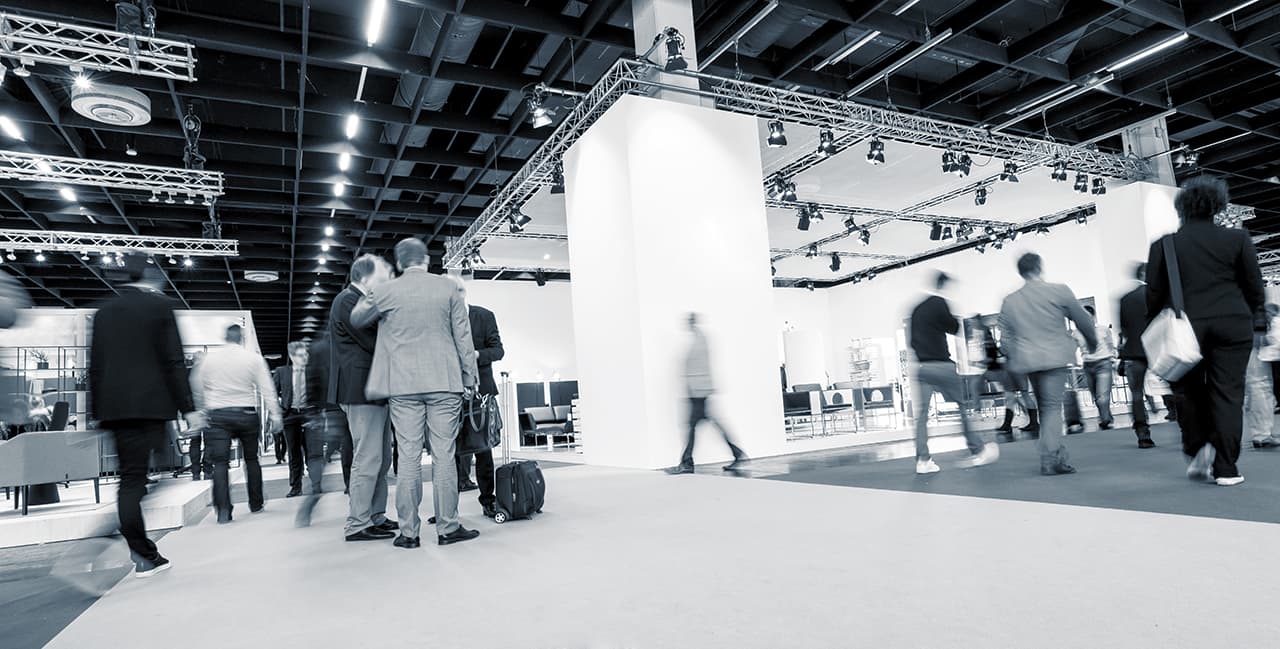Trade shows, and what you don’t know about that presentation.
 360 Spin Photography
360 Spin Photography
When I was a child, I would go to the Flower and Patio show with dad. Other times, we might make it to a swap meet or two in the summer, no matter where it was, I would always see a few vendors that were selling the “next best thing“. Over the last decade, I have felt that way from time to time with 360 spin photography. I felt that all I was trying to do was get a chance to get the attention of the passer by and then convert them to a sale. The only problem is that I can not in my right mind choose to use some of the same tactics that other employ. Here are a few examples that show up in my industry.
360 product views are a great way to show a product online and help convert your viewers into buyers. This we all agree with. BUT… 360 spins are not as easy as a coping machine to create. I am not saying that it is as hard as rocket science or anything. In the past I can recall a company that employed the sales pitch that 360 product photography was super crazy high tech. They would have you think that they use lasers to scan the product and liquid helium to levitate the product. While we do use lasers to center an item, the Helium is just there to sound funny. This is just photography, on a turntable, and post editing to remove the background.
Product Photography is not simple – It takes a lot of work to get a studio setup to take a perfect shot, and be able to remove the background. You can not just put a turntable on a workbench, set up a few work lights and have great 360 product photography. Now once you have your setup nailed down, you can repeat the process many, many times, but you have to get that first one right.
Automatic Turntables – Of all the time spent creating 360 spin photography, the shortest task is taking the photos(just clicking the ). A fully automatic turntable just isn‘t going to save you any time. Think about it, if this was the case, we don‘t need the photographer. It takes less than 2 minutes to put the shots in the camera, what are you going to save in those 2 minutes. The minute you turn your head, the shots are in the camera wrong and then later when you see the error in post, you are going to have to re–open the package, re–style the product, re–center the product, or re–rig the product, reshoot the product, and put it all back in the boxes and this just to save clicking the for a couple minutes. I have found one simple thing in this part of the process. If it is wrong reshoot, it will save you time in the long run.
One shoe does not fit all – The lighting and the turntable are different on just about every shoot. We have been shooting for way to many years now, and I will tell you that the only time that I get to use a previous setup is when I am shooting another product for the same customer. Even then, I find that I would set it up a little different.
Setups change, rigging is always different and you have to have a love of the art to be willing to do this, day in and day out. Now that it takes a little MacGyver to get it done. This is nothing that you can learn in a book, or from a crash course. If you don‘t believe me, then just stop and think of why we as a studio do not sell any of the turntables and camera rigs that we make. I have always felt that it was because I want to stand behind my product, and without a lot of commitment, you will not succeed in this industry.




